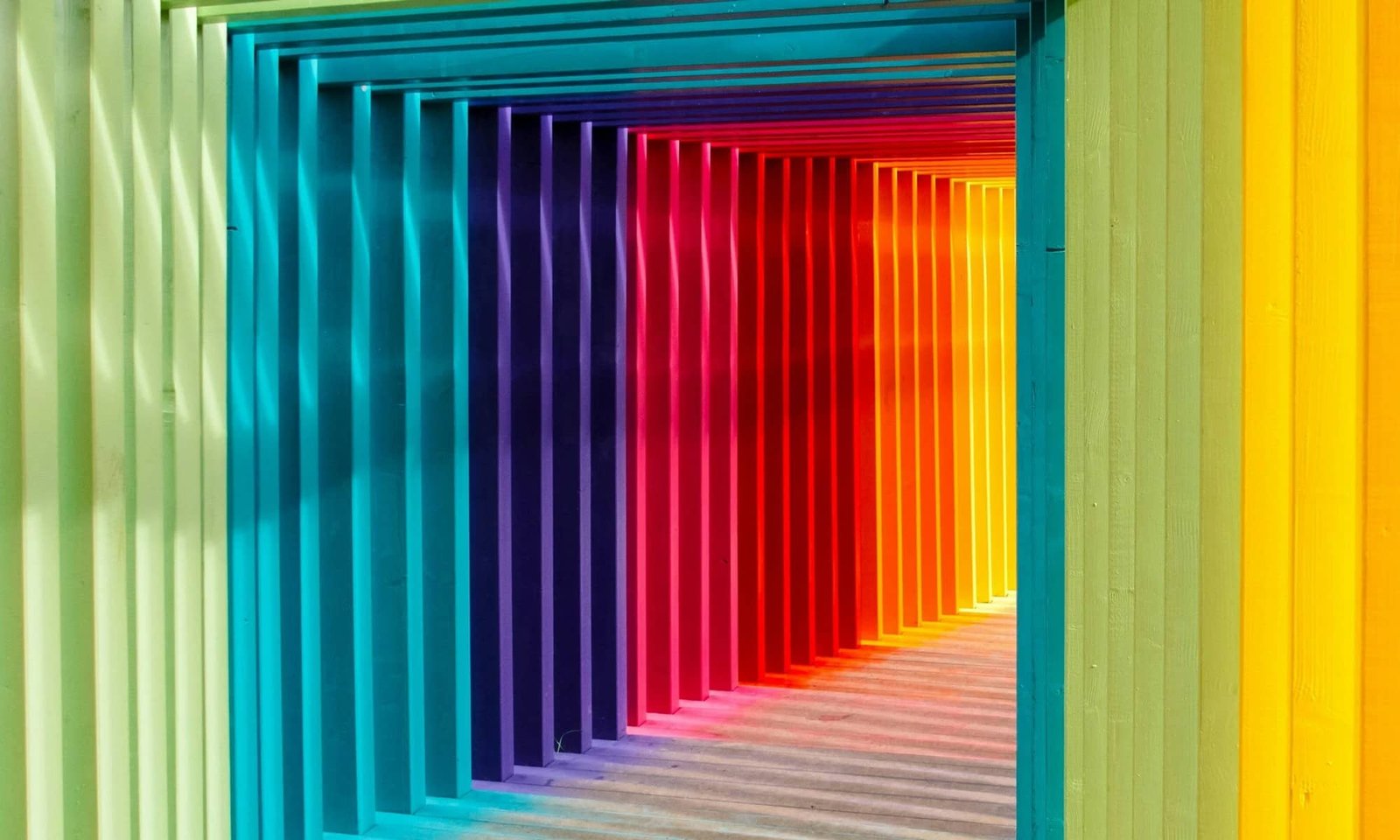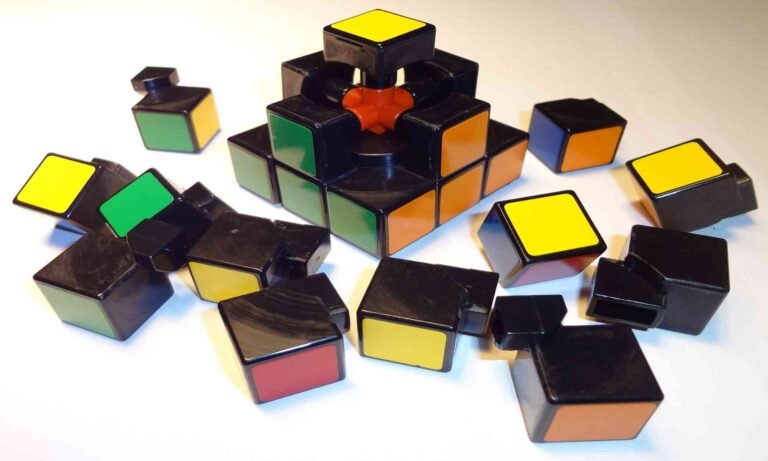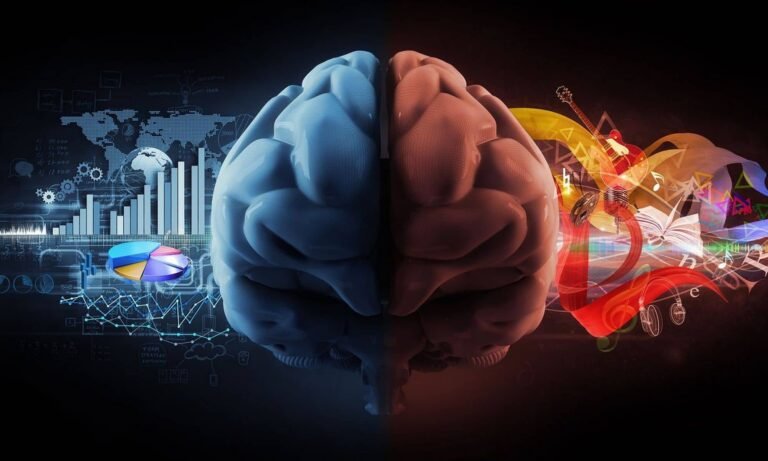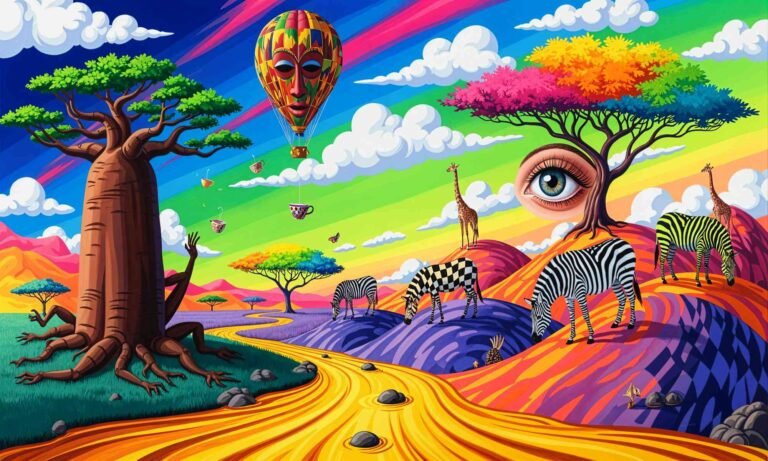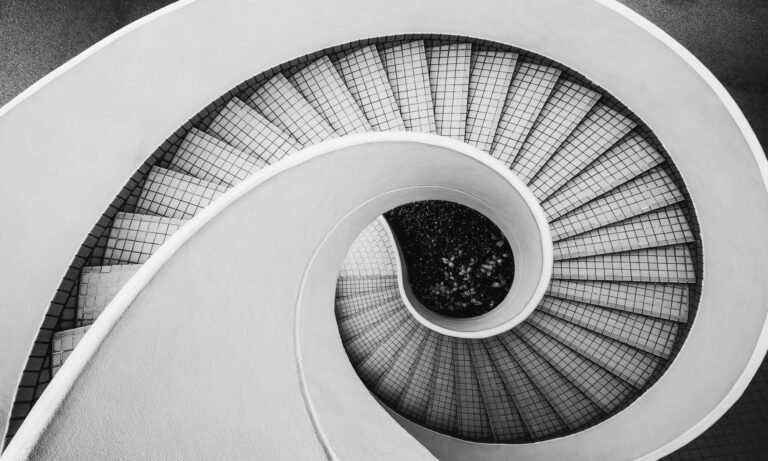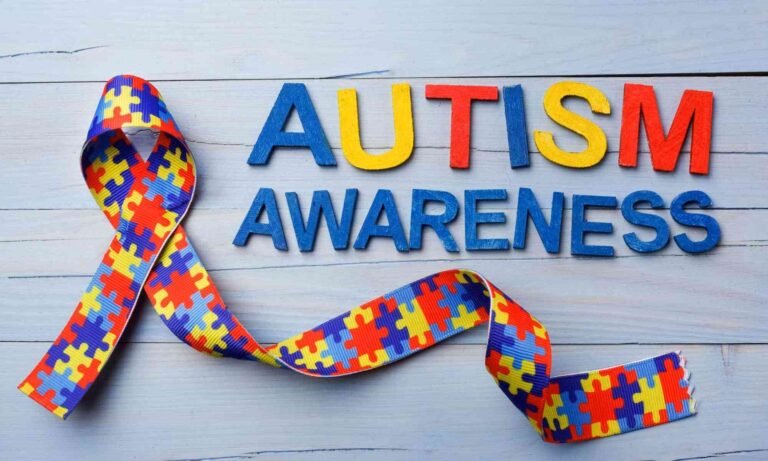Color psychology is a fascinating field that examines the profound impact that colors have on human emotions and behaviors. By understanding how various colors elicit emotional responses, researchers and practitioners across multiple disciplines, including marketing, art, design, and mental health, can utilize this knowledge to influence audiences and enhance experiences. The significance of color psychology lies in its ability to shape perceptions and guide decisions, ultimately reflecting the underlying principles of human behavior.
Colors can evoke a spectrum of feelings, from calmness and tranquility associated with shades of blue to the excitement and energy induced by vibrant reds and yellows. Each color carries its own psychological associations and meanings. For instance, greens are commonly linked to nature, growth, and renewal, making them a popular choice in areas such as environmental branding. On the other hand, purple often symbolizes creativity and luxury, which is why it frequently appears in high-end marketing materials. Understanding these associations can help individuals and organizations create more effective messages and environments tailored to their specific goals.
In marketing, the strategic use of color can significantly affect consumer behavior. Brands carefully choose color schemes to convey their values, attract their target demographic, and enhance brand recognition. For example, the use of red in a promotional campaign may emphasize urgency, while softer pastel tones can create feelings of calmness and safety. Similarly, artists and designers leverage color psychology to evoke particular moods within their work, solidifying the emotional connection between the viewer and the artwork.
Additionally, in mental health settings, colors can play a therapeutic role. Certain hues are utilized in therapies to promote relaxation or stimulate conversation, guiding patients toward healing and self-discovery. Overall, the understanding of color psychology is vital for various fields, as it provides insights into the complex interplay between color, emotion, and behavior, paving the way for more effective communication and connection with audiences.
The Emotional Impact of Colors
The perception of color has profound implications for human emotions and behavior. Research in color psychology indicates that colors can elicit specific feelings and associations, shaping both our responses and surroundings.
- For instance, the color red is often linked to strong emotions such as passion, energy, and urgency. This response might stem from its visibility and association with alertness, which is evident in environments designed to spark excitement or promote action.
- In contrast, blue is commonly associated with calmness, stability, and trust. Studies have shown that the presence of blue in a setting can lower blood pressure and produce a sense of serenity, making it a frequent choice in corporate branding and healthcare environment design. Furthermore, blue is often perceived as professional and reliable, which is why many businesses strategically employ it in their logos and marketing materials.
- Yellow evokes feelings of happiness and optimism but can also lead to increased anxiety when overused. It is psychologically associated with sunshine and cheerfulness, often stimulating mental activity and energy. However, an abundance of yellow might create a sense of unease, which underscores the delicate balance needed in color application.
- Green, often symbolizing nature and tranquility, instills feelings of renewal and balance. It is associated with restfulness and healing, making it a beneficial choice for spaces meant for relaxation or recovery. Additionally, studies indicate that green environments can aid in restoring attention and improving mood.
In summary, colors play a significant role in mood regulation and emotional response. Understanding the psychological impacts of different colors equips individuals and businesses to create environments and experiences that positively influence behavior and wellbeing.
Color Symbolism by Culture
| Color | Western (Europe/US) | East Asia (China, Japan, Korea) | South Asia (India, Pakistan) | Middle East | Africa |
|---|---|---|---|---|---|
| Black | Mourning, death, formality, elegance | Mystery, formality; in Japan also mourning | Evil, negativity (linked to Kali/Shiva); but also protection | Wealth, status (black cars in Saudi elite) | Authority, maturity |
| White | Purity, weddings, peace, cleanliness | Mourning, death (China, Korea); purity in Japan | Widows wear white; mourning, inauspicious | Purity, sometimes weddings (Iran) | Purity, spirituality; but also mourning in some regions |
| Red | Love, passion, danger, energy | Prosperity, luck, weddings (China); vitality in Japan | Purity, sensuality, weddings (brides wear red) | Danger, evil, sometimes love | Life, health, political movements |
| Yellow/Gold | Happiness, optimism, caution | Royalty, sacred (China); courage (Japan) | Sacred, knowledge, learning | Wealth, prosperity | Wealth, status, associated with gold |
| Blue | Calm, trust, stability, sadness | Immortality, healing (China); coolness (Japan) | Divine, Krishna’s skin color, spirituality | Protection, heaven, immortality | Love, harmony, peace |
| Green | Nature, growth, money, safety | Fertility, youth, eternal life | Harvest, happiness, Islam (sacred) | Islam’s holy color, paradise | Life, growth, prosperity |
| Purple | Royalty, luxury, creativity | Wealth, nobility (China, Japan) | Mourning in some regions; also spirituality | Wealth, status | Royalty, sacred rituals |
| Orange | Energy, warmth, affordability | Courage, love (Japan) | Sacred (Hinduism, saffron robes), purity | Spirituality, endurance | Vitality, fertility |
| Grey | Neutrality, balance, boredom | Humility, formality | Mourning, renunciation | Modesty, humility | Wisdom, age |
| Pink | Femininity, romance, softness | Youth, spring, femininity | Associated with festivals, joy | Tenderness, love | Nurturing, caring |
Applications of Color Psychology in Everyday Life
Color psychology plays a significant role across various domains, influencing everyday decisions and emotional responses.
- One of the most notable applications is in branding and marketing. Businesses strategically choose colors to evoke specific feelings or associations in potential customers. For instance, blue is often used by companies to convey trust and reliability, while red can evoke excitement and urgency. By understanding the psychological implications of color, brands can create marketing campaigns that resonate more deeply with their target audience, thereby enhancing consumer engagement and loyalty.
- In the realm of interior design, color selection can dramatically affect the ambiance of a space. Warm colors, such as yellows and oranges, tend to create a cozy and inviting atmosphere, making them ideal for social areas like kitchens and living rooms. Conversely, cooler colors like blues and greens are often employed in bedrooms and bathrooms to promote calmness and relaxation. By incorporating color psychology principles into space planning and design, individuals and interior designers can craft environments that foster specific moods and enhance overall well-being.
- Fashion is another area where color psychology has a profound impact. The colors one chooses to wear can significantly affect self-perception and how others perceive an individual. For example, wearing bold colors like red or yellow can convey confidence and assertiveness, while softer hues may promote feelings of serenity and approachability. Understanding personal color preferences can help individuals express their identity and mood through their clothing choices, creating a strong visual statement.
- Lastly, art therapy often utilizes color psychology to facilitate emotional expression and healing. Colors can evoke various psychological responses, making them powerful tools for therapists. Engaging with color, whether through painting or other mediums, offers individuals a unique avenue to explore their emotions, ultimately contributing to mental well-being.
Through these diverse applications, color psychology continues to shape our interactions with the world around us.
Conclusion and Future Implications
Color psychology demonstrates how hues shape emotions, perceptions, and behavior in ways that are both subtle and profound. Warm tones such as red and orange often generate feelings of energy, passion, and urgency, while cooler shades like blue and green tend to evoke calmness, trust, and stability. These associations are not merely aesthetic; they influence how people respond to environments, products, and messages, making color a decisive factor in fields as varied as marketing, branding, and interior design. By recognizing that colors carry symbolic weight, individuals and organizations can use them strategically to create resonance and foster desired emotional responses.
Looking ahead, the implications of color psychology in digital media and technology are vast and increasingly transformative. As user interfaces, branding strategies, and product design evolve, the careful integration of color will play a critical role in shaping engagement and loyalty. Research continues to uncover the intricate relationship between color and emotion, offering new insights into how specific hues can be used to influence decision‑making and enhance communication. At the same time, individuals can reflect on their own experiences with color in daily life, recognizing how different environments and palettes affect mood and behavior. Cultivating this awareness allows for more intentional choices in both personal and professional contexts, ensuring that color psychology remains a practical framework for innovation and growth.
What’s More
The posts in My Blog feature reflective, story-driven pieces rooted in personal and societal insights.
The topics in My Interests explore abstract, philosophical ideas and their cultural and societal impact.


